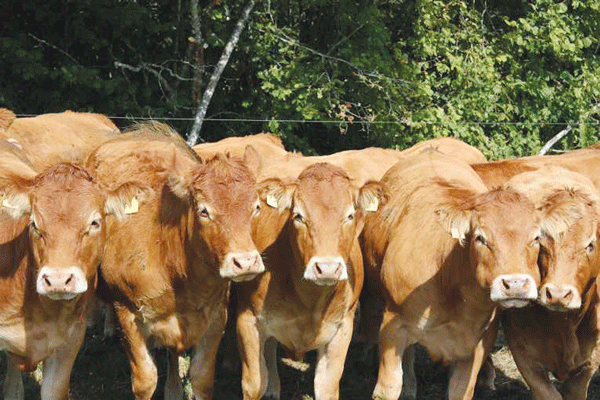
ZIMBABWE’s livestock farmers have warned of a difficult season due to poor rainfall, acute veterinary vaccine shortages and stockfeed, among other pressing challenges.
BY MTHANDAZO NYONI
Forecasts have suggested that the country is set to experience severe drought conditions this season.
Livestock Farmers’ Union (LFU) chairperson Sifiso Sibanda told NewsDay that in the absence of timely interventions, the future looked bleak for livestock farmers in the country.
“This is going to be the worst year ever due to the looming El Nino-induced drought. To make matters worse, we have an acute shortage of stockfeed in the country as the product is imported. The country is producing none,” Sibanda said.
Shortages of products such as soyabeans have seen players in the sector digging deep, and having to import stockfeed from neighbouring South Africa and Botswana.
“The situation in Gwanda South, Beitbridge and parts of Nkayi, Binga and Lupane is very dire. It only rained once since the onset of the rainy season,” Sibanda said.
“This then means that farmers in those areas will have to buy supplementary feed for their animals throughout the year.”
- Chamisa under fire over US$120K donation
- Mavhunga puts DeMbare into Chibuku quarterfinals
- Pension funds bet on Cabora Bassa oilfields
- Councils defy govt fire tender directive
Keep Reading
He said farmers would also have to deepen their boreholes in the event that dams dry up, adding that animals were dying as farmers were having challenges in accessing vaccines.
According to a report by the Parliamentary Portfolio Committee on Lands, Agriculture, Water, Climate and Rural Resettlement, at least 50 000 cattle succumbed to diseases such as tick-borne in 2018.
The committee warned that unless more funding was availed to avert the shortage of dipping chemicals, more animals would die this year.
Treasury has allocated $2,4 million towards the rehabilitation of at least 50 dip tanks around the country.
Meanwhile, the Zimbabwe Association of Abattoirs has raised concern that profit margins in the abattoir industry were continuing to shrink against rising costs.
“Procurement of cattle for slaughter is becoming more difficult, with high market prices; and many farmers now opting to retain cattle as a hedge in the current economy. At the other end of the value chain, meat prices are affecting demand for meat, also threatening abattoir viability. At the same time, abattoir operating costs are also increasing,” the association said in an advisory note to the Livestock and Meat Advisory Council.
“Foot and mouth disease (FMD) remains a challenge to the livestock industry. While the movement of cattle from FMD zones for direct slaughter is now permitted in many areas, cattle movement restrictions are hampering restocking efforts and the rebuilding of the beef industry,” the advisory note further said.







